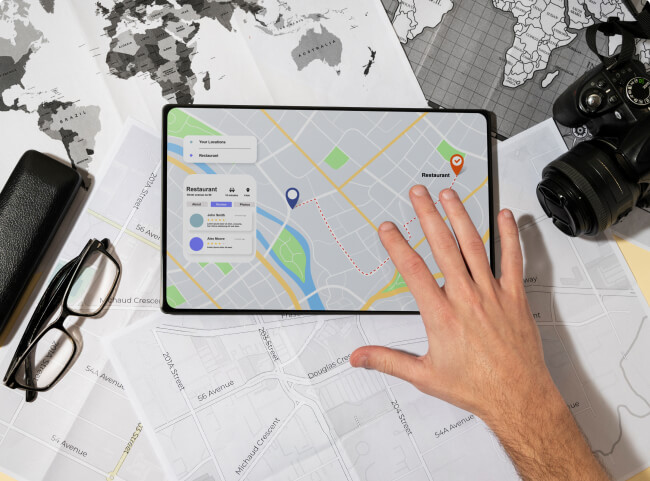
Logistics

Coverage and Capacity:
Evaluate the coverage and capacity requirements across the warehouse, distribution center, and transportation yard areas, to determine the required network capabilities.

Real-time Location Services (RTLS):
Implement RTLS to track equipment, vehicles, and inventory within the facility and optimize operations.

Fleet Management:
Leverage private LTE networks to manage and monitor fleets, to ensure compliance with regulations, optimize routes, and reduce fuel consumption.

IoT Integration:
Integrate IoT devices like sensors, RFID tags, and cameras with the network to improve visibility, increase efficiency, and reduce costs.

Quality of Service (QoS):
Implement QoS policies to prioritize mission-critical applications, ensuring they are not disrupted by less essential traffic.

Security:
Secure the network from cyber threats by implementing firewalls, VPNs, and encryption.

Mobility Management:
Implement mobility management to manage and monitor employee devices, ensuring they are up to date, compliant, and secure.

Analytics:
Collect and analyze data from the network to identify areas for improvement, optimize operations, and reduce costs.

Customer Experience:
Implement wireless connectivity at distribution centers, stores, and other customer-facing areas to enhance the customer experience.

Collaboration:
Enable real-time collaboration between employees and departments, improving productivity and efficiency.



